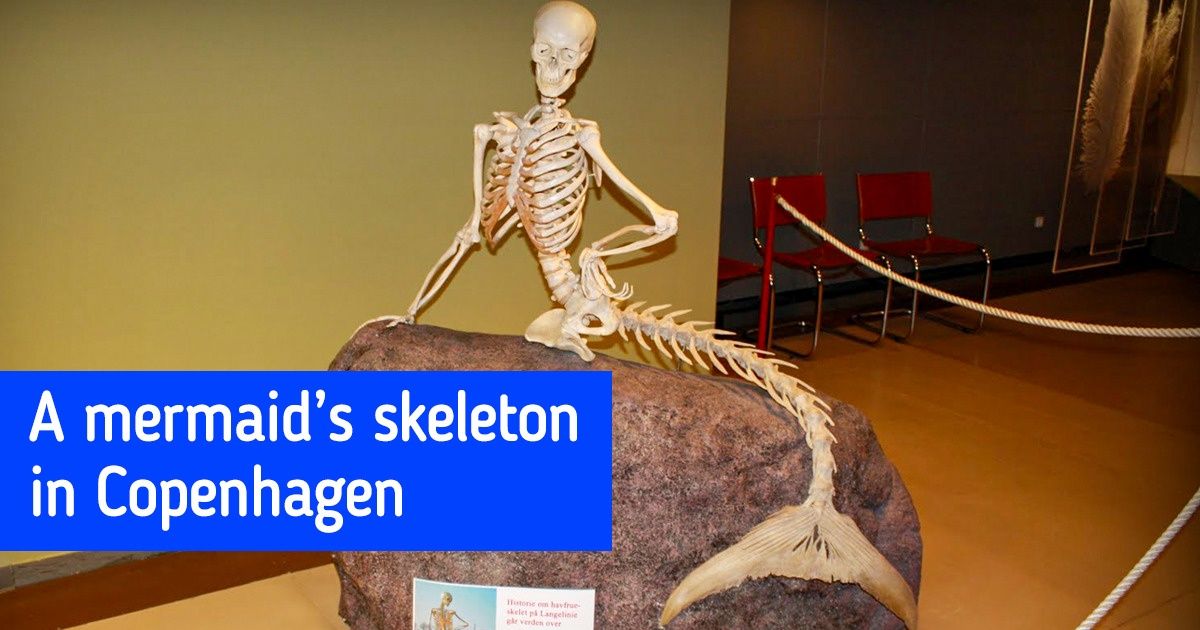I Left My Estate to My Adopted Son, and Now My Biological Kids Are Pleading for a Share


According to the International Council of Museums, there are more than 55,000 museums operating in 202 countries. Many of them have ancient exhibits that can’t be seen anywhere else in the world, like a preserved shoulder of beef that’s 3,500 years old or a drawing of a 7-year-old boy who lived in Novgorod 700 years ago. You can even see 2,000-year-old Roman makeup foundation in one of these museums.
We at Bright Side found photos of several ancient exhibits that exist in one single copy. The bonus feature will show you what the skeleton of a mermaid looks like.
The bread was cooked in 79 CE in Herculaneum and was later buried under the ashes that appeared after the eruption of Mount Vesuvius. In 1930, it was re-discovered from an archaeological site. As a result of this natural disaster, Roman cities such as Pompeii, Herculaneum, and Stabiae were covered with many feet of ash.
You can look at this fabulous item in more detail here.
This cream was found in 2003 during the excavation of a Roman temple located in one of the districts of London. If you look closely, you can see a fingerprint on the perfectly preserved white-cream color. By the way, the cream contained animal fat mixed with starch with some tin oxide added.
This table fountain was intended to be used for the washing of hands, although it may have been created as much for its decorative value as for its functionality.
On April 1, 2010, museum employees pranked residents and city tourists by putting this skeleton where the statue of the famous Little Mermaid used to be. At that time, the famous monument had been taken to China where it was exhibited at the 2010 World Expo in Shanghai.
What has impressed you most out of all the museums that you’ve visited?











